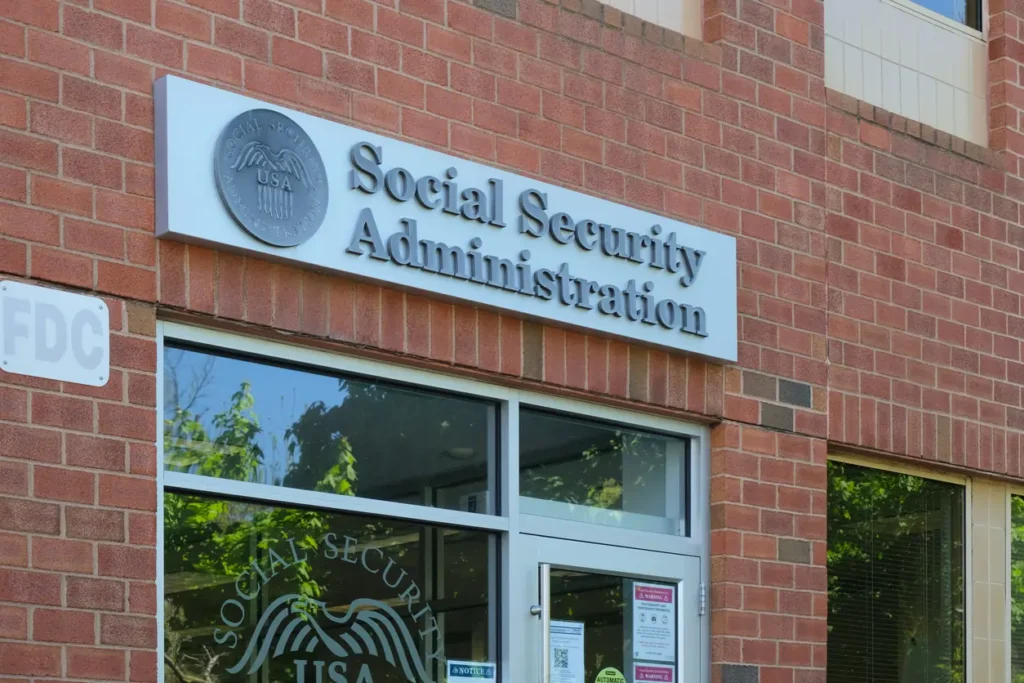
Story at-a-glance
- SSDI is hard to qualify for—you must prove you can’t work in any job for at least 12 months.
- Delays are common, with approval often taking months, if not longer.
- Even approved claims pay little, averaging around $10,000 per year—well below the poverty line.
- Other disability benefits may reduce your SSDI payout, and some payments are taxed.
- Bottom line: SSDI is not enough. It’s a last resort—not a plan.
The majority of workers in the USA contribute to the Social Security program from the Federal Government. While this is most commonly associated with pension benefits, it is also used for Social Security Disability Insurance (SSDI), presuming that a person meets the eligibility requirements. The amount of benefit received through the Social Security scheme is determined by your personal pay and work history. You should contact the Social Security Administration if you believe you are eligible in order to determine the actual level of benefit you will receive.
Eligibility Basics
In order to be eligible for Social Security Disability insurance, you must be unable to work in any gainful employment. You must also be able to show evidence that this will remain the case for twelve months or that the disability or illness will lead to your death. This eligibility, along with the average entitlements of the insurance, lead to several problems that mean SSDI should not be relied upon to provide your sole means of income.
Claimant Must Be Unable To Perform Any Work
Only those that are deemed unable to conduct any job are eligible for SSDI. Regardless of your previous position and earning, if you are able to work in any industry performing any task then you are ineligible to receive social security insurance. This means that even if you were able to take a job that meant a complete change in career and significant drop in pay, you would be ineligible to receive SSDI payment.
The Disability Is Expected To Last 12 Months Or Lead To Death
You must be able to prove that your disability is expected to last for at least twelve months or that it will lead to your death to be eligible. As such, ongoing treatments and tests for an unknown illness may prevent you from being eligible for payments.
Probable Delay In Insurance Receipt
As well as having to provide evidence that a disability will last for at least twelve months, the filing of paperwork and the general application process can take considerable time. As such, it can take several months before eligibility is assessed and granted. Only then will you start to receive social security insurance payments.
Insurance Payment May Be Reduced By Other Disability Entitlements
The combined total of state, government, federal, and military grants cannot usually be greater than 80% of your previous earnings. As such, if you receive any other disability entitlements then you may find that the total of Social Security Disability Insurance you are entitled to will drop significantly.
Insurance Payment May Be Liable To Income Tax
If your combined income is greater than a certain limit then you may be liable to pay income tax against the money awarded for SSDI. This can further reduce the payments you receive. Combined income is calculated as being your gross income, half of your Social Security benefits, plus non-taxable income.
Minimal Payments Really Are Minimal
Average SSDI payments are equivalent to little more than $10,000 per annum. Even previously high earners receive only a marginally higher payment than this. $10,000 per annum is not enough for an average person to live on and further research reveals that a large portion of families relying on SSDI payments as their sole form of financial income would fall under the Federal Poverty Level. Without somehow supplementing SSDI payments, most people would struggle to adapt to the financial changes at a time when they should be concentrating on their health rather than financial struggles.
Don’t Count On SSDI
SSDI should be treated as a last resort for a number of reasons. Eligibility requirements are stringent, to say the least, and even those that are eligible find that several months can pass from first needing their insurance to actually receiving a payment. When those payments do come, they are likely to be considerably less than a person can survive on, thus leaving families that rely solely on social security insurance struggling financially.
FAQs
What is Social Security Disability Insurance (SSDI)?
SSDI is a federal program that pays benefits to people who can’t work due to a serious disability. Payments are based on your work history and past earnings.
Who qualifies for SSDI?
You must be unable to perform any kind of work—not just your usual job. Your disability must also be expected to last at least 12 months or result in death.
How long does it take to get approved for SSDI?
It can take several months or longer. The process includes paperwork, medical records, and multiple reviews. Many people are denied and must appeal.
How much does SSDI pay?
Not much. Average annual payments are around $10,000. Even high earners may only receive slightly more.
Can SSDI payments be reduced?
Yes. If you receive other disability benefits (state, VA, military, etc.), your SSDI may be lowered so your total doesn’t exceed 80% of past income.
Is SSDI taxable?
It can be. If your combined income (including SSDI) is over a set limit, you may owe taxes on part of your benefits.
Can you rely on SSDI alone?
No. SSDI is a last-resort safety net—not enough to live on. Most people need other coverage like private disability insurance to protect their income.
Ready to protect your future?
Get a personalized side-by-side policy comparison of the leading disability insurance companies from an independent insurance broker.




